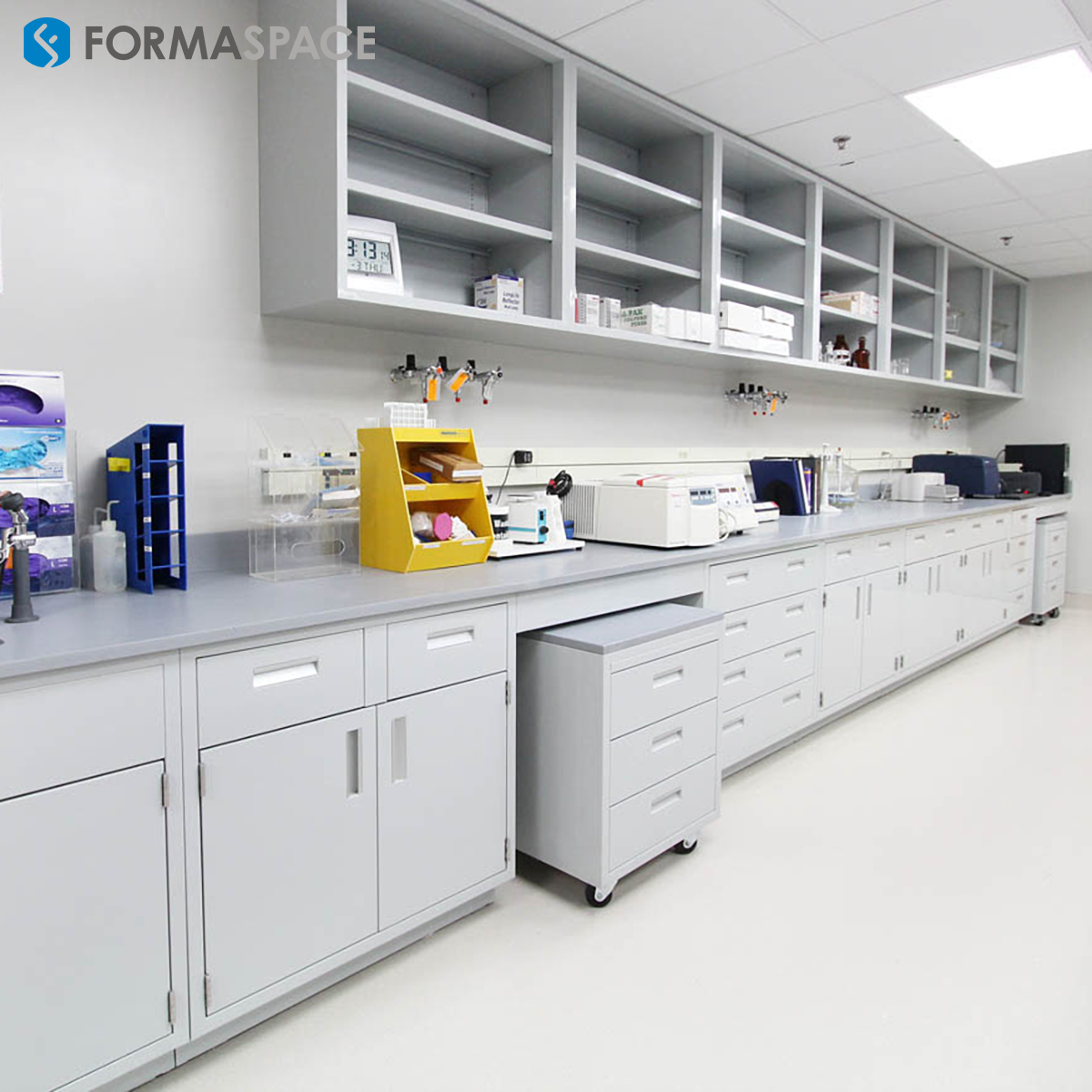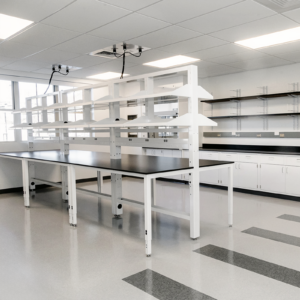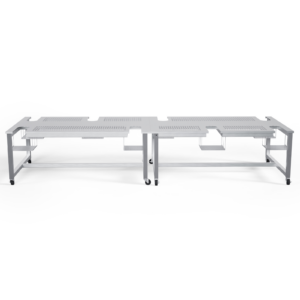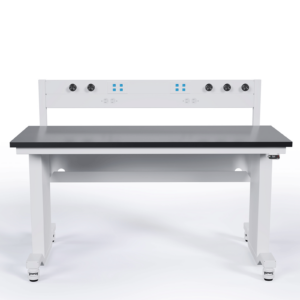Clinical pathology laboratories face renewed funding challenges due to ongoing reductions in CMS reimbursement rates. We take a look on how this is affecting the industry and how a new initiative, Clinical 2.0, could help clinical pathology labs fight back in the funding wars – by providing a higher level of patient clinical services within the healthcare provider value chain.

Clinical and Pathology Laboratories Have Been Doing a Good Job. Perhaps Too Good a Job.
Over the last few decades, clinical labs serving the healthcare industry have made great strides in providing:
- Reducing TAT (turn-around-time, e.g. wait time for results)
- Providing more innovative, clinically useful tests
- Integrating tests into the EHR information stream
- And most importantly, providing more accurate, more standardized, and more repeatable test results
Financial Challenges Facing Clinical Pathology Laboratories
The last bullet item above is the most critical. As labs have striven to provide more accurate (and repeatable) results, those paying for the tests (e.g. the federal CMS, insurance companies, hospital administrators, etc.) have taken notice.
But, rather than congratulating laboratories for their efforts, they have interpreted this progress as evidence that labs tests, taken as a whole, have become a commodity item — a commodity that can be bid out to the lowest bidder.
Acting under the auspices of PAMA (the Protecting Access to Medicare Act), the CMS made deep cuts (as much as 30% percent) on Jan 1, 2018 to the Clinical Laboratory Fee Schedule (CLFS), which sets the all-important reimbursement amounts paid to clinical pathology laboratories by the government.
Because insurance companies also use CMS rates as guidance for their own non-CMS reimbursement rates, the effect of these cuts was widespread — despite bitter opposition from groups, such as the AMA, who argued that the process for determining reimbursement rates was inherently flawed.
Nonetheless, given the ongoing trend toward falling reimbursement rates (the CMS intends to set new reimbursement rates again in 2021 that are expected to be even lower), quite a few hospital administrators are considering their options before reimbursements go any lower, including spinning off their internal clinical laboratory operations as separate businesses, or selling their lab operations outright to private lab companies, and taking the money to fill shortfall gaps in their own hospital budgets.

The Move from FFS (Fee for Service) to VBP (Value-Based Pricing)
Reducing reimbursement rates is part of the effort to reduce healthcare costs in the US, which despite spending far and away the most of any country (up to 17.8% of US GDP went to healthcare spending in 2016, according to a JAMA published study), continues to lag behind most developed countries when it comes to patient healthcare outcomes and life expectancy.
Many in Congress believe the solution is to move from an FFS (Fee for Service) payment model (e.g. one where medical providers, including clinical labs, are paid for each service — or test in the case of a clinical lab) toward a new value-based model, known as VBP (Value-Based Pricing).
Simply put, the VBP approach seeks to change up the healthcare industry by providing financial rewards for better patient outcomes. In other words, if a population of patients shows improvement, the government (via CMS or insurance agencies using government funds) will provide greater funding to those medical groups, using the carrot of bonus payments as a reward and the stick of penalties for those who fail to meet minimum standards.
(The Affordable Care Act — commonly known as Obamacare — helped kick off the transition from FFS to VBP in 2010 when it established a new provider category — the ACO (Accountable Care Organization). Providers participating in an ACO are responsible for the care at least 5,000 Medicare patients, for which they receive incentives (bonuses), or penalties, based on the health outcomes of their patient group.)
Clinical Labs Need to Make Major Changes to Be Successful in a VBP World
Clinical labs, which have been doing an outstanding job within their testing “silos,” are frankly not that well placed in the healthcare ‘budget wars.’ And the existing business model of most clinical laboratories is about as FFS (fee for service) as you can get.
Something has to change.
The crux of the problem is that in the eyes of healthcare payers (and government budgeteers), both pre-clinical lab activities (such as a doctor deciding which tests are needed) and the post-clinical test decisions (again, also performed by doctors who choose a course of action based on clinical lab tests results) are of greater “value” than the activities of clinical labs – despite the fact that these very test results inform decisions made by physicians!
Formaspace manufactured over 275 lab benches and specialized carts for over a dozen different labs to support the DNA-based prenatal clinical screening operations at Ariosa, a division of Roche.
Enter Clinical 2.0 — A Movement to Increase the Value of Clinical Lab Work
What can be done about this?
Clinical and pathology lab leaders have come together to address this issue — under the banner of Clinical 2.0.
In this Labroots Molecular Diagnostics Virtual Event 2019 presentation, Michael Crossey MD, PhD, and advocate of the Clinical 2.0 initiative led by the Santa Fe Project, addresses the ways clinical pathology labs can provide more value within the healthcare system.
So what is Clinical 2.0?
First, it’s an effort to understand the nature of the structural challenges facing clinical pathology labs today.
Second, it’s an advocacy group calling for clinical pathology labs to change their business model in order to thrive in a VBP world.

Key Recommendations of Clinical 2.0
The key recommendations of Clinical 2.0 are:
- Become more central to the decision-making process by making partnerships within organizations, increasing your lab’s visibility (and perceived value) to executives, and, most importantly, having a seat at the budgeting table.
- Implement the use of longitudinal patient records (which capture all test procedures in each patient’s history in a single place) to keep track of individual patient tests (rather than just providing spot lab tests with no context).
- Leverage longitudinal patient records to monitor each individual patient’s healthcare, and provide proactive services, such as recommending tests on a timely basis, as well as providing evidence-based contexts for post-test treatment plans.
In this talk at the University of Washington, James Crawford, MD, PhD, of Northwell School of Medicine, identifies specific actions that clinical pathology labs can take to increase their perceived value in the VBP healthcare funding model.
To this, we would like to add another recommendation if we could. Clinical Pathology Labs could take these recommendations one step further and strive toward becoming the gatekeepers of AI systems that will be performing more and more test interpretation work in the future.
Given the highly disciplined and analytical nature of this work, we believe clinical pathology labs are well suited to this task.
Formaspace is Your Clinical Pathology Lab Partner
If you can imagine it, we can build it.

Formaspace is the leading American-made manufacturer of custom laboratory solutions for wet lab installations, dry labs and IT groups, and educational laboratory facilities.
So whether you are building a brand new lab facility, updating your current facility to make it more efficient, or if you just need to add a new workbench to your existing lab, we are ready to help. All our furniture is custom manufactured to your exact specifications, here at our factory headquarters in Austin, Texas.
Find out why leading companies, including Ariosa/Roche, Medtronic, Antech, and more than 300 universities (including nearly all the Ivy League institutions) have come to rely on Formaspace for laboratory furniture.
Take the next step. Your Formaspace Design Consultant is just a call away. Take advantage of our expertise. Together, we can make your next project a complete success.











